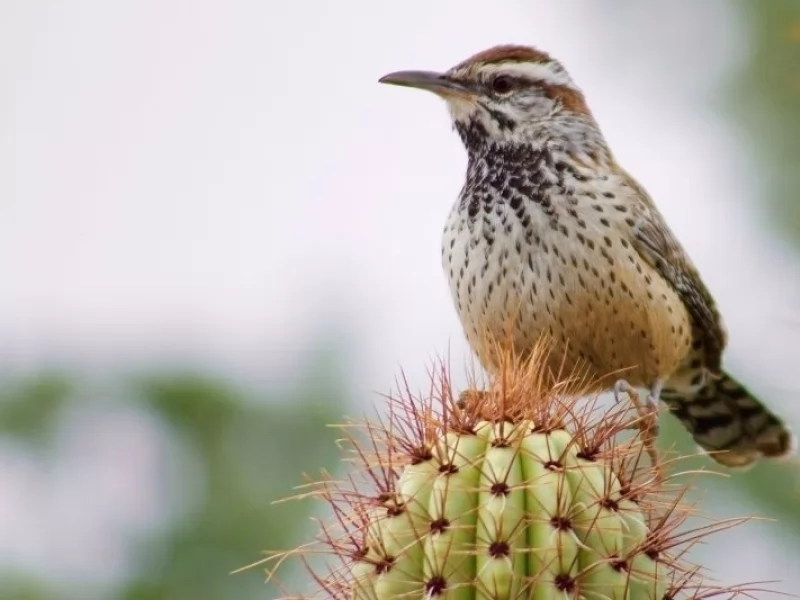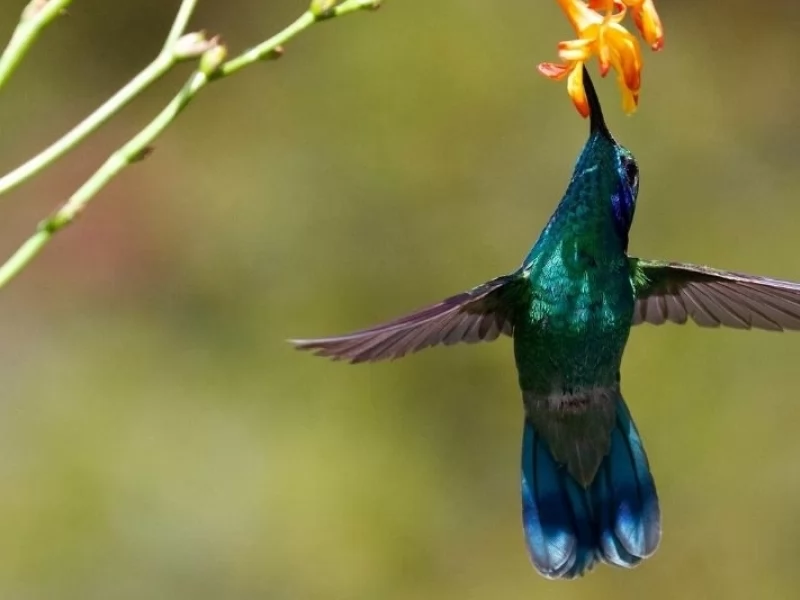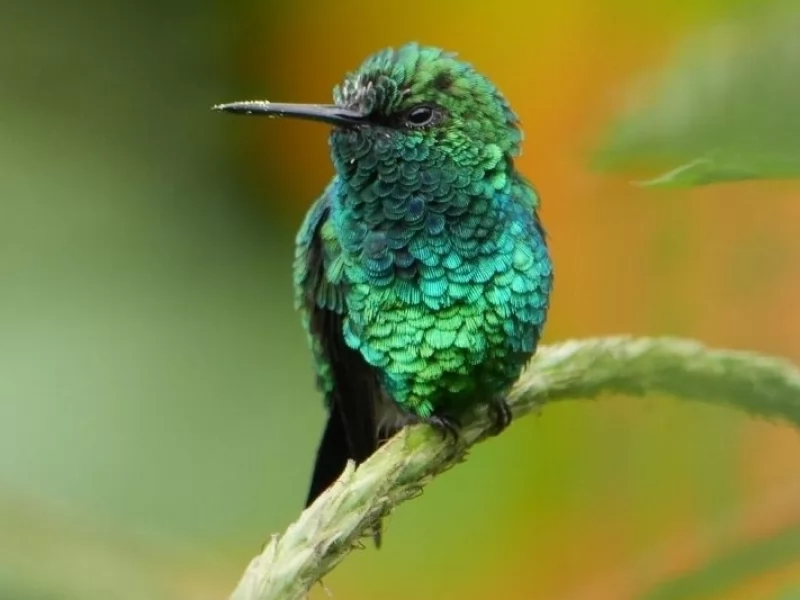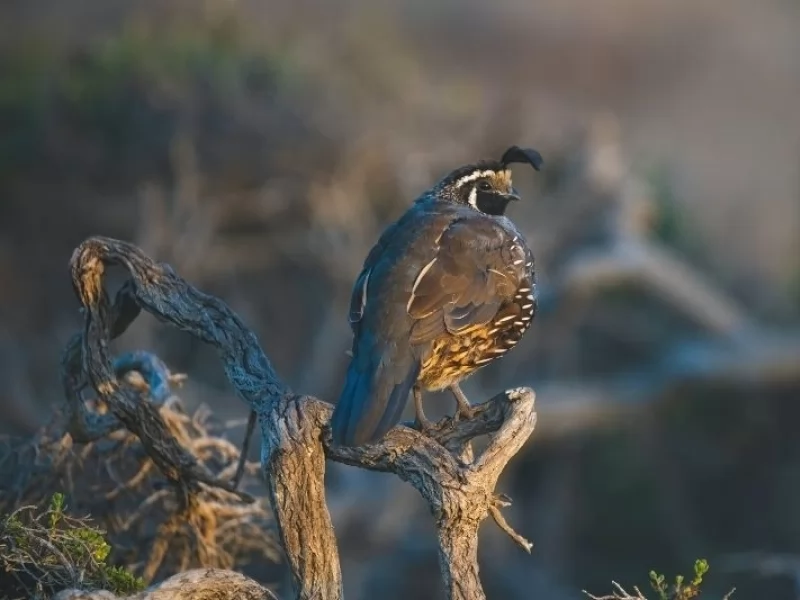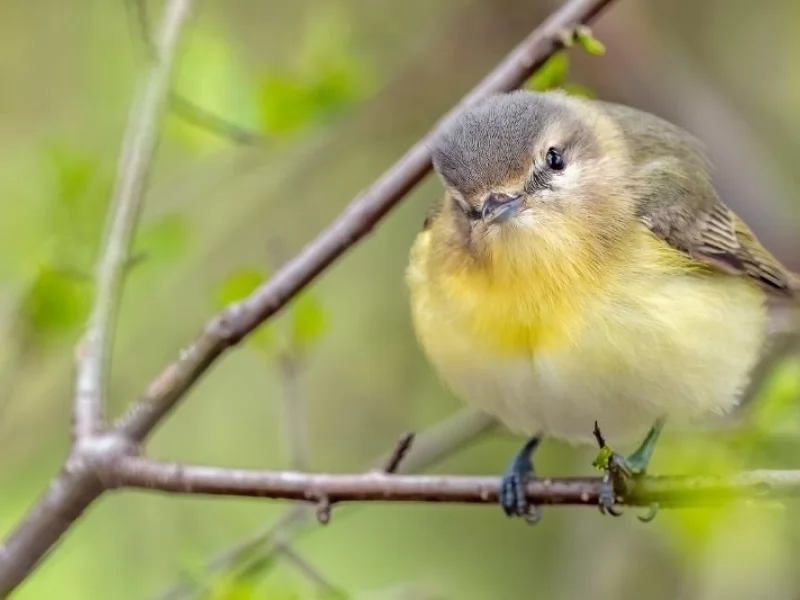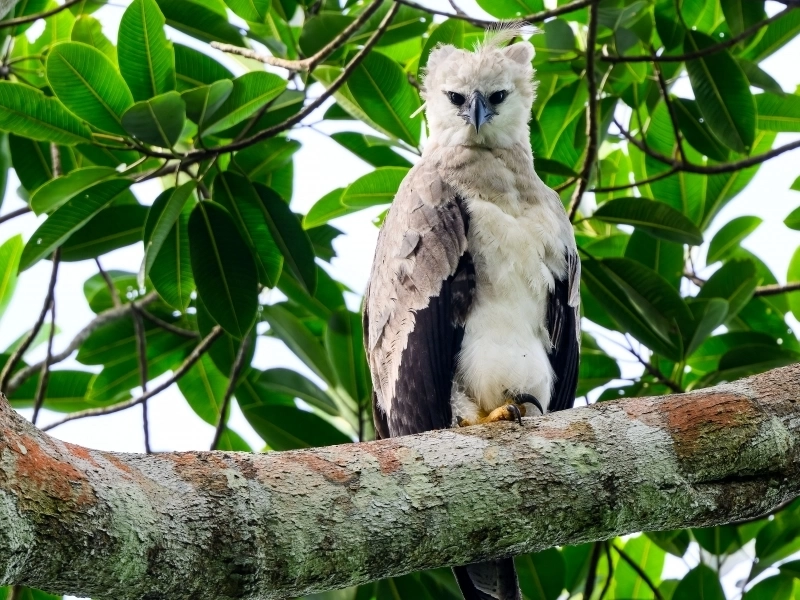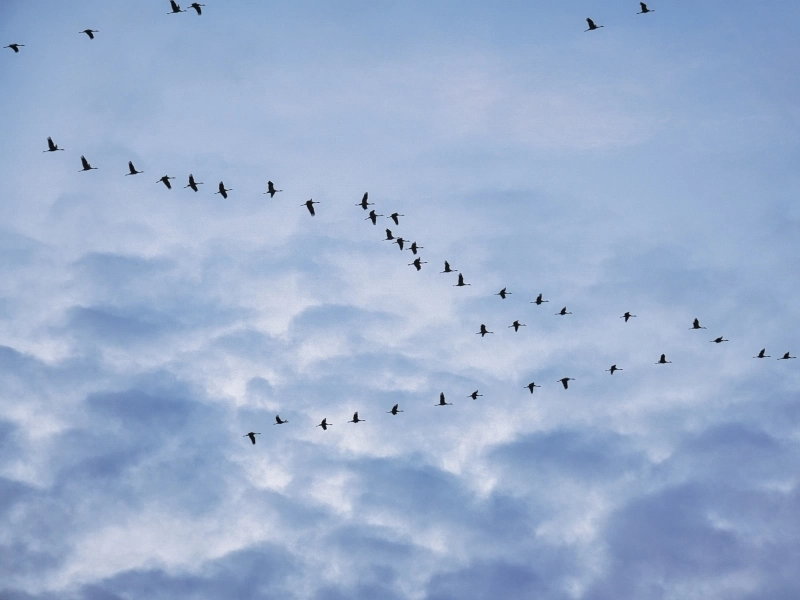News and Testimonials
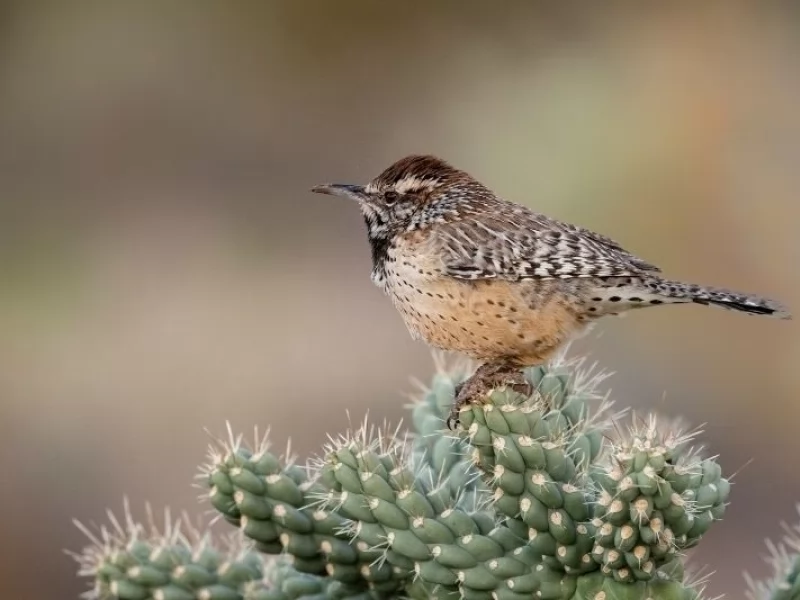
BIG-TIME BIRDING Bird Count reflects area's popular hobby
Winged beauties such as the Elegant Trogon, Cactus Wren, Magnificent Hummingbird, Warbling Vireo and Gambel’s Quail are among a wide variety winged wonders that avid birders have seen in Green Valley.
On Dec. 28, five teams of birders at Historic Canoa Ranch and Lake took part in the Audubon Society’s annual 23-day Christmas Bird Count that takes place annually from Dec. 14 through Jan. 5.
Sixty-five species were recorded at the area that has become a birding hotspot.
“Some highlights included Barn Owl, Great Horned Owl, Merlin, Prairie Falcon, Clay-colored Sparrow, Cassin’s Sparrow, American Pipit, Marsh Wren and 174 Lawrence’s Goldfinches, which is a very high number for this irruptive species,” birder Brian Nicholas pointed out.
Irruptive growth refers to a species that migrates to an area based mainly on food supply.
On Dec. 28, three Green Valley members of the Audubon Society — Barbara Rydall, Sue Piersma and Linda White — did a bird count at Elephant Head with Diane West of Equine Voices Rescue.
They counted and reported 389 sightings and recorded 30 species including one Say’s Phoebe, one Pyrrhuloxia, six Phainopepla, 49 Eurasian Collared-Doves and 96 Brewer’s Blackbirds.
“Audubon calls it ‘The nation’s longest running community science bird project.’ The data collected is used by Audubon researchers, conservation biologists and wildlife agencies to assess the health of bird populations and develop conservation strategies to protect them and their habitat,” White explained.
“We bird at Equine Voices once a year. We usually get a few different birds that we do not see along Elephant Head Road. We birded our count area for about five hours and drove about 18 miles. Our area is quite large as it includes homes with large acreages, so we bird the trees and vegetation along the roads with many stops to walk and observe bird activity.
“Our group loves connecting with nature and gives us an escape from daily life for a few hours,” she pointed out.
The first bird count began on Christmas Day in 1900 when Frank Chapman, an ornithologist with the American Museum of Natural History in New York City, proposed the new idea as an alternative to the usual hunting of birds on Christmas.
On Dec. 25 of that first Christmas Bird Count, 27 dedicated and enthusiastic birders counted and tallied about 90 species. The National Audubon Society has conducted Christmas bird counts ever since.
The records comprise an ornithological database that enables monitoring of winter bird populations.
Nationalgeographic.com reports more than 30,000 people worldwide count more than 2,400 species, or more than 65 to 70 million birds each year.
Local compiler Malcolm Chesworth
How long have you been actively involved with the annual Christmas Bird Count and in what locations?
“I’ve been participating in the Green Valley CBC since 2005 and have been the compiler in the Count since 2017. I took over responsibility for the count when there was a serious risk the count would not be able to continue following the retirement of the previous compiler. Prior to 2017, I also participated in bird counts in New Jersey for several years.
Were any new species of birds observed in the recent bird count? If so, what birds were observed?
“A Northern Rough-winged Swallow was reported for the first time on our count although several relative rarities were also reported, not least the locally rare Juniper Titmouse normally found further east.”
What, if anything did you find unusual or different in this bird count than in previous years?
“The most important difference in this year’s bird count was the considerable improvement in the weather compared with the past several years’ counts. For example, we had to deal with 18 inches of snow last year up at Josephine Saddle in the Santa Ritas and very strong winds made bird calls almost impossible to detect. This year we struck lucky.”
How many local birders took part in the bird count this year?
“There were 67 local birders participating in this count, many of whom have been part of the count for years. We are fortunate in having a plethora of excellent birders in Southern Arizona, many of whom join this count. Without these experts our count would be meaningless.
Do you feel that the lake at Canoa Ranch is contributing to more birds and more species, and if so, how and why?
“Most certainly. The lake and its surrounding extended habitat are contributing more birds in general, more species and also attracting many more birders to the area. The result of the improvements to the Ranch is the presence of a wider range of both local and migrating birds.”
What is new and different in this year’s count than in previous years?
“This year’s bird count in particular defied expectations in both the number of species reported and also the counts of individual species. We had all-time high counts of 13 species, not least being the Lawrence’s Goldfinches of which 471 were reported.
“This was at a time when most birders have been reporting drops in counts of local birds, not just in Arizona but all over the country. The previous year’s count totaled 150 species whereas we reported an impressive 168 species this year with an overall count of 11,589 individual birds.
Source: https://www.gvnews.com/lifestyle/big-time-birding-bird-count-reflects-areas-popular-hobby/article_a8366760-8077-11ec-8d06-433b8ab658e0.html

